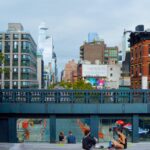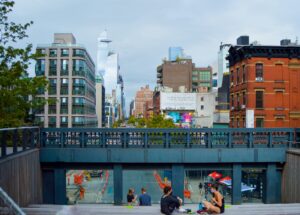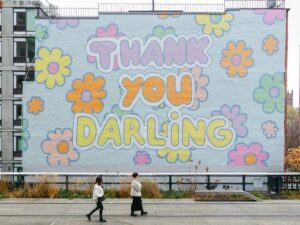The neo-liberal smart city bandwagon (spearheaded by IBM, Cisco, Google etc.) mainly advances the upsides of using technologies and data to make cities more efficient, competitive, sustainable, and ultimately, as they claim, livable. However, critics point out that achieving livable and attractive cities also depends on framing conditions for softer aspects such as social interaction and the formation of publics and local communities. In this paper, we propose the term Feedback Urbanism as an alternative perspective, one that highlights the (smart) city as hybrid assemblages of exchanges, circulations, and effects. Thus, we aim at a more literal understanding of what interactions and effects occur when technologies come into contact with citizens in the urban environment. To study this in detail, we focus on the Urban Interfaces of technologies, people, and places and their combined effects in two interactive installations in Denmark. We show how they augment and challenge experiences, meanings and the use of urban space and facilitate social interaction through playfulness. Finally, we discuss how small-scale interactive urban installations might provide new typologies for creating sensorial experiences and platforms for citizens to become involved in negotiating their everyday places and practices in playful ways.
Read the full article on Leonardo Electronic Almanac
Authors: Simon Wind and Ole B. Jensen
Recommended by Emilia Angelucci











More Stories
Security by Design: Protection of public spaces from terrorist attacks
Plaza de la Vila in Sencelles by Moneo Brock
The Council for European Public Space presents new perspectives for a European public sphere